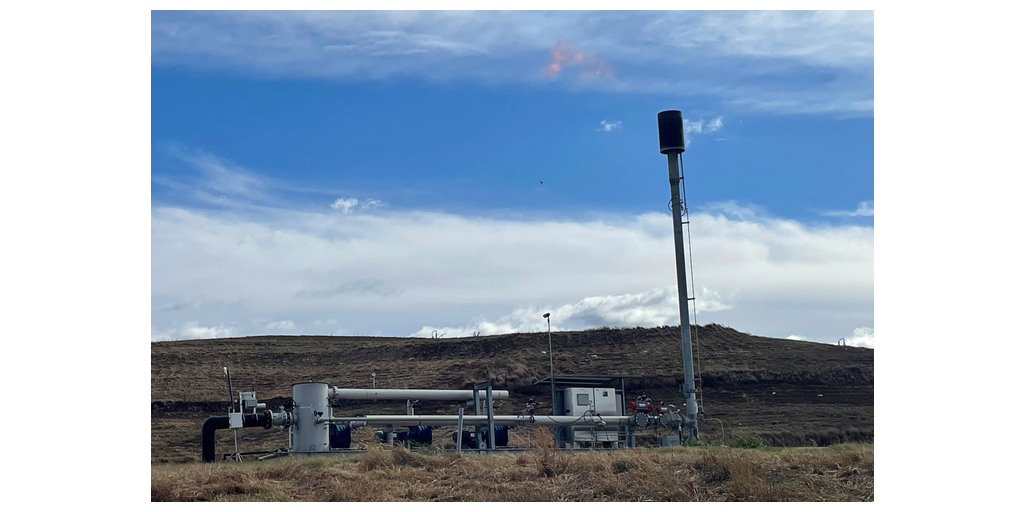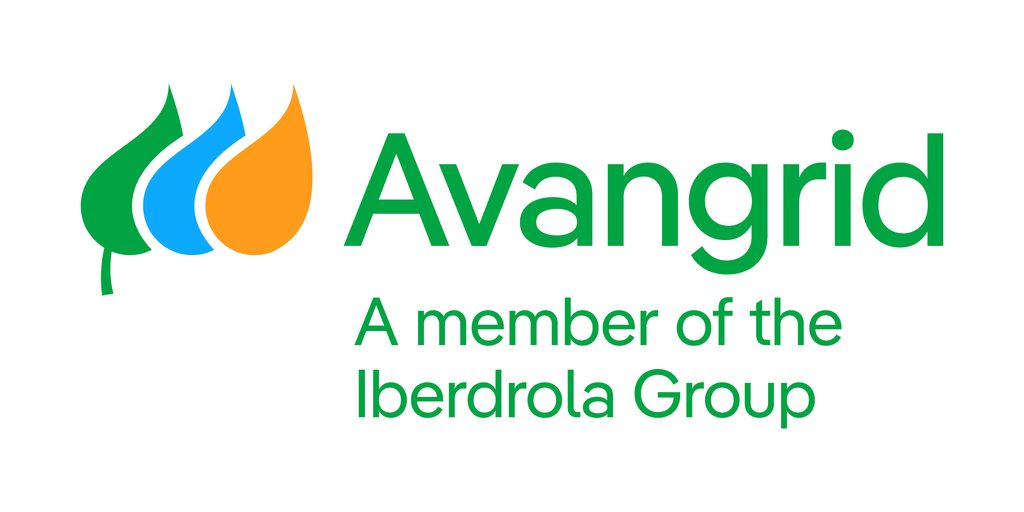Grinding mill shell specialist CITIC Censa recently shipped three complete SAG mill shells (in six sections) from its facility in Pontevedra, Spain to Lundin Mining’s Josemaria copper-gold mine, located in the province of San Juan in Argentina, on the border with Chile. CITIC Censa is part of Chinese mineral processing equipment major CITIC Heavy Industries, based in Luoyang. CITIC Censa is a specialist in large boilermaking parts requiring machining and/or high bending thicknesses.
Josemaria is the largest gold and copper deposit in the La Plata territory and is scheduled to start production in 2026. It is wholly owned and operated by Lundin Mining’s Argentinian subsidiary Desarrollo de Prospectos Mineros SA. Lundin Mining acquired the project with the April 2022 acquisition of Josemaria Resources Inc. Lundin continues to derisk and advance the Josemaria project through optimisation and trade off studies. These studies will continue into 2024.
The Josemaria project is to be developed as a large-scale open pit mining operation. As currently envisaged, over 1 billion tonnes of ore will be mined at average diluted head grades of approximately 0.30% copper, 0.22 g/t gold and a strip ratio of 0.98 over a 19-year mine life. The project is to employ conventional truck and shovel open-pit mining with conventional primary crushing, grinding and flotation at an estimated average processing rate of 152,000 t/d. Facilities on site include crushing, grinding, flotation, concentrate and tailings thickening, concentrate filtration, storage and loadout.
According to the project’s Technical Report complied in 2020 by SRK Consulting (Canada), Josemaria’s grinding circuit will consist of three identical processing lines, each line containing SAG milling, ball milling, sizing classification and pebble crushing. The comminution circuit will reduce crushed ore from a nominal feed size of 80% passing (F80) 137 mm to the target flotation feed size of P80 130 μm. The nominal operating rate will be 8,300 t/h.
The SAG mills will be fed by one of three coarse ore reclaim conveyors. Process water will be added at the mill feed in order to produce a SAG mill discharge slurry density of about 75% solids by weight. Each mill will be 12.8 m diameter with an 8.8 m effective grinding length (EGL) and will have a 28 MW variable speed gearless drive ring motor. The SAG mills are specified to produce ore to the target transfer size (T80) of 1,000 to 1,300 μm.
Each SAG mill will discharge through a distribution box controlled by dart valves onto two double-deck screens. The screens will be vibrating, double-deck, banana-type screens with wash water systems to aid the flow of material through the screens. Each screen will have a top deck aperture size of 50 mm and bottom deck size of 10 mm. The screens will be supported on the concrete primary cyclone feedbox.
The screen oversize material (pebbles P80 of 50 mm) will discharge to the SAG screen oversize discharge conveyor for recycling at the pebble crusher. Pebble crushing will be performed in a pebble crushing building that houses three Metso MP800 crushers, each treating a nominal 385 t/h of SAG screen oversize. The crushers are fed by three pebble crusher feeders that draw material from the pebble crushing bins.
Each SAG mill will feed one ball mill through an independent, but identical, process flow. SAG mill screen undersize will discharge by gravity into a primary cyclone feedbox where the variable-speed primary ball mill cyclone pump will feed the slurry to its associated hydrocyclone cluster.
Each of the three grinding lines will have one 8.3 m diameter x 13.7 m EGL ball mill with a 19.5 MW (22 MW peak) gearless drive ring motor. Normal operation will be at 77% of critical speed (CS). The nominal ball mill operating point will be 34% ball charge load volume. Ball size will be 50 to 75 mm. The ball mills will be equipped with an automated ball handling and charging system similar to the SAG ball handling system. The discharge from the ball mill will flow by gravity back to the ball mill cyclone feed pumpbox via the ball mill discharge launder.




